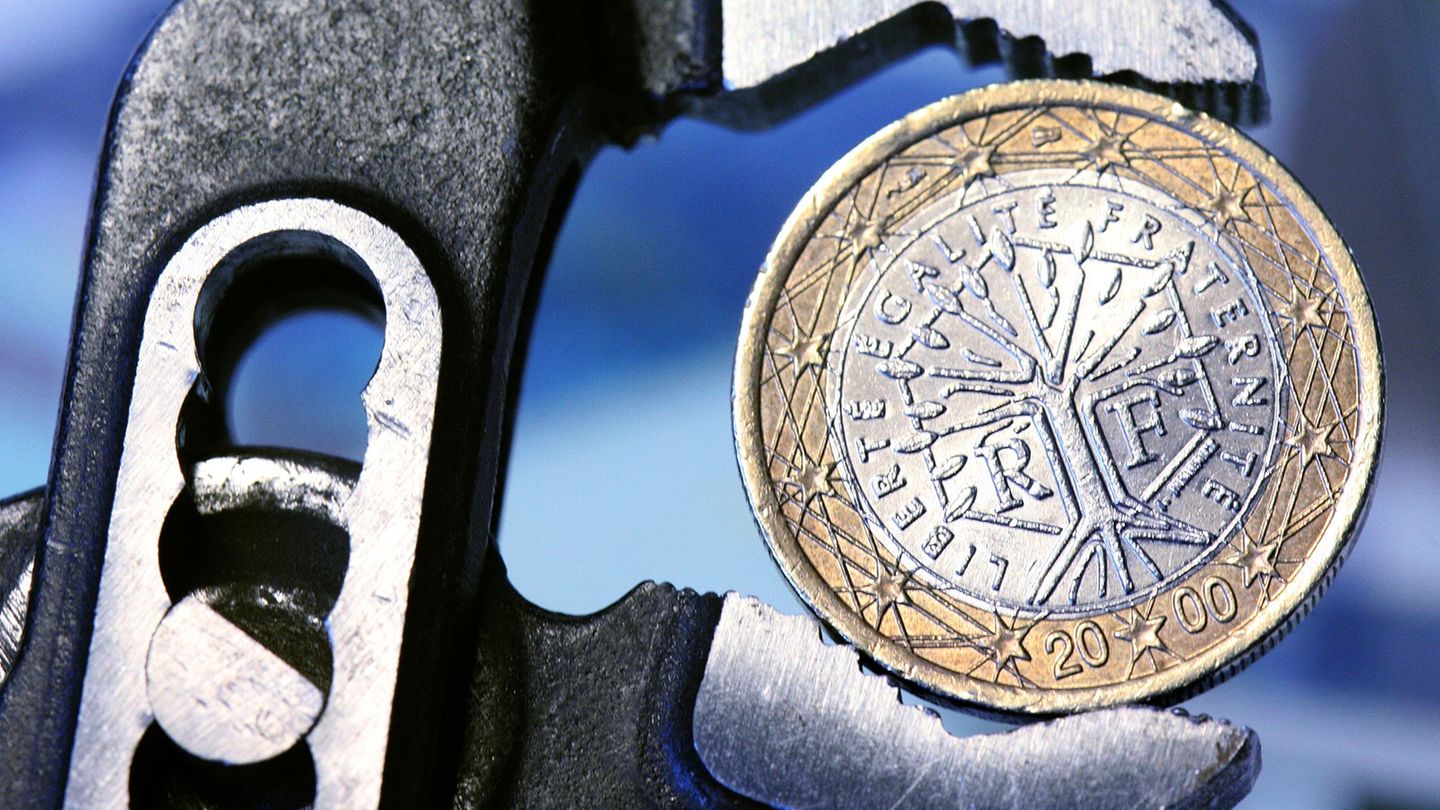Image: APA/AFP/NASA/BILL INGALLS


The highly efficient solar cells that JKU researchers have developed are thinner than a human hair and are now being tested for their function in space. In cooperation with the California Institute of Technology (Caltech), the technology is being tested in Earth orbit by researchers led by Martin Kaltenbrunner from the Department of Soft Matter Physics.
The cells are on board a satellite weighing around 50 kilograms. This was already done on January 3 at 9.36 a.m. local time as part of the Caltech Space Solar Power Project (SSPP) from the famous Cape Canaveral Space Force Station in Florida, from which the first manned space flights in the USA started, with a rocket 540 kilometers carried far into orbit.
The goal of the project is ambitious: With huge, wafer-thin photovoltaic systems that are stationarily positioned in orbit around the earth, large amounts of electricity could be generated – completely unhindered by clouds or the night. This energy could then be sent back to Earth and used 24/7. Various photovoltaic technologies – including those of the JKU researchers – are now being tested for their functionality in the harsh environment of space. In a multi-part experiment, data are collected that are intended to advance the development of solar technology.
The potential of the technology is great and is also repeatedly taken up in science fiction novels: because they are so thin, photovoltaic collectors in space could supply large amounts of energy using comparatively little material. This circumvents the main disadvantages of “ground-based” photovoltaics – that they do not supply electricity in bad weather and at night.


more from studies




